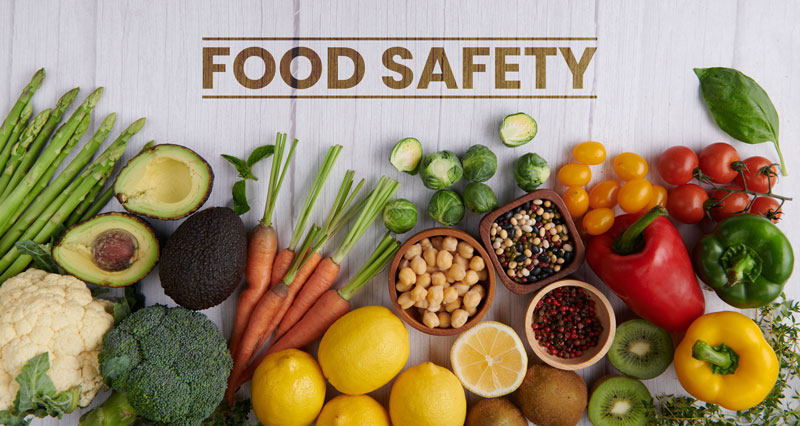
The World Food Safety Day is celebrated every year on 7th of June with the theme “Safer food, better health” and the objective to draw attention and mobilize action to prevent, detect and manage foodborne risks and improve human health. Access to adequate amount of safe food is one of the three key pillars of food security and important for sustaining life and promoting good health. Food safety has a critical role in assuring that food stays safe at every stage of the food chain – from production to harvest, processing, storage, distribution, all the way to preparation and consumption.
As the UN proclaims, “Food safety, everyone’s business”, the action-oriented campaign promotes global food safety awareness and calls upon countries and decision makers, the private sector, civil society, UN organizations and the general public to take action. The UN estimates that approximately 600 million cases of foodborne illnesses are reported annually, and unsafe food is a threat to human health and economies, disproportionally affecting vulnerable and marginalized sections of the society, especially women and children. It adds that an estimated 420000 people around the world die every year after eating contaminated food and children under 5 years of age carry 40% of the foodborne disease burden, with 125 000 deaths every year. Foodborne illnesses are usually infectious or toxic in nature and often invisible to the plain eye, caused by bacteria, viruses, parasites, or chemical substances entering the body through contaminated food or water.
With economic progress, consumers’ preferences are evolving faster than the previous generations and they are becoming ever more demanding on issues such as food safety, animal welfare, environmental sustainability, human rights, and resource efficiency. Their purchase decisions are increasingly getting influenced by the level of compliance to and/or exceeding the standards on these aspects.
For millions of farmers in the developing world, who live on their subsistence farms and struggle to make their ends meet, compliance to the food safety and quality standards proves to be a daunting task owing to several challenges they face such as lack of awareness and knowledge on producing safe and quality food. Lack of literacy, lack of access to technology, finance, and markets make them get stuck in the vicious cycle of poverty, which can be broken only with coordinated efforts by all the food chain stakeholders.
Today, agriculture is witnessing an unprecedented level of technological transformation and investments worth billions of dollars are pouring in. With emergence of the Internet of Things (IoT) concept, mobile phones, and cloud-based applications, global agribusiness industry is getting swept by a “tech tsunami”. A decade ago, none would have thought the next big wave for IT (Information Technology) sector would come from agriculture. Digital agriculture aided by technological innovations such as IoT, AI, big data analytics provide to be a game changer. These technological innovations bring so much value and help the value chains operate at a higher equilibrium.
For example, recently many agri tech companies started providing quality assaying, grading, and sorting as a service package faster and with more accuracy during procurement at the farm gate. IoT-based innovations such as sensor-based crop monitoring apps help provide timely actionable advisory to the farmers. Soil testing has become easier with technology to reduce the waiting time while improving the accuracy of results are available now a days. Training on responsible use of chemicals for agriculturists and judicious use of antibiotics for the livestock farmers are extremely critical to ensure sustainable production of quality and safe food. Further, drones used for spraying pesticides can greatly help cut down indiscriminate use by ensuring proper dosage and application efficiency resulting in huge cost savings while preventing dangers of human exposure as well.
Owing to the digital revolution, now a days farmers are getting trained through digital mode apps as several startups are working on to provide a wide range of advisory including weather alerts, pest and disease warnings, crop and area specific package of cultivation practices and commodity price movements through mobile apps and messaging platforms. IoT-based technologies improve seamless information flow and traceability across the commodity value chains particularly, in export-bound crops and reduce rejections at the importing destinations. Similarly, a combination of barcode and RFID innovations help reduce the menace of spurious and counterfeit agri-inputs (fertilizers and pesticides) that can be extremely harmful to the crops, humans, and the environment and contribute to ensuring food safety.
In the livestock industry, for example, connected wearable devices on animals provide real-time data to monitor body temperature, vital signs, feed intake, stress, or disease symptoms. All these not only to lead to enhanced productivity but also contribute to improved animal welfare as well. Similarly, soil-planted sensors help farmers measure moisture and nutrient levels in real-time to cut down unnecessary irrigation and fertilizer application. These applications not only lead to huge cost savings but contribute to environmental sustainability also. All these ultimately help improve the overall incomes and profitability of the farmers particularly smallholders and enable them to produce safe and quality food.
Every day, newer and innovative technological applications are emerging and pushing the bar for achieving higher efficiency and better safety in the agri value chain. It is important to note that ensuring food that reaches the consumers is safe, nutritious and is of good quality is a shared responsibility of all the food value chain stakeholders.
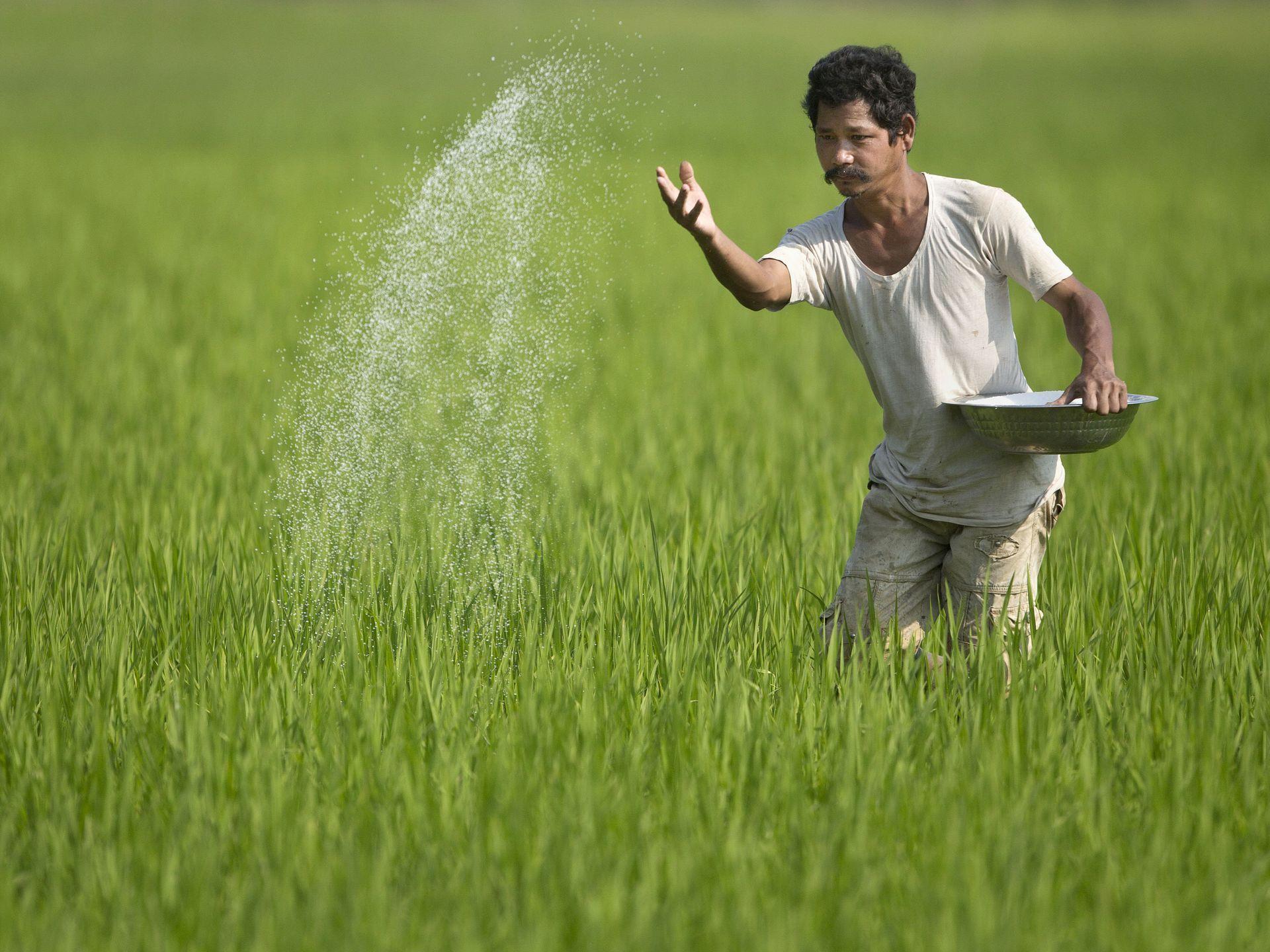
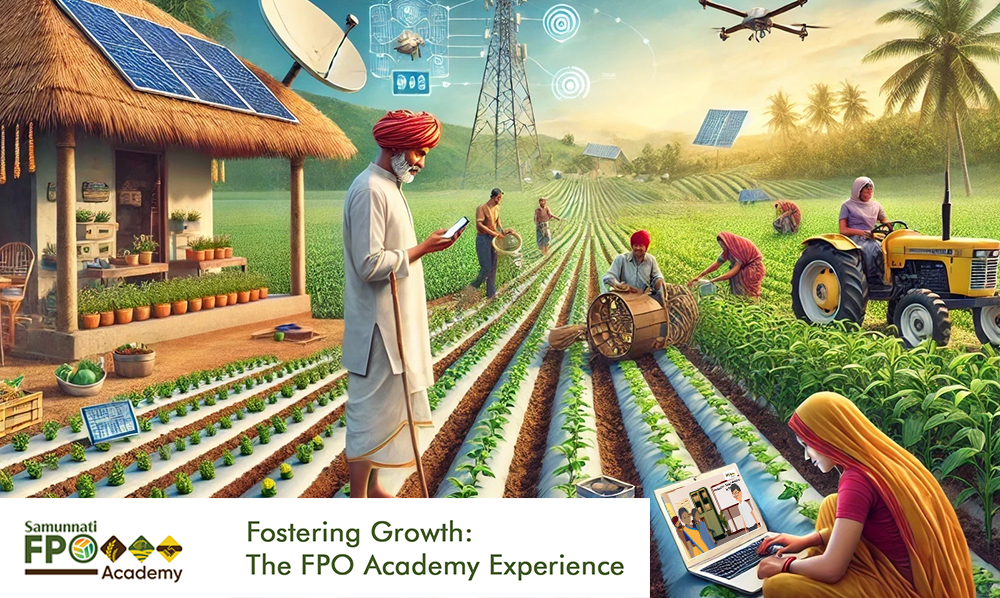
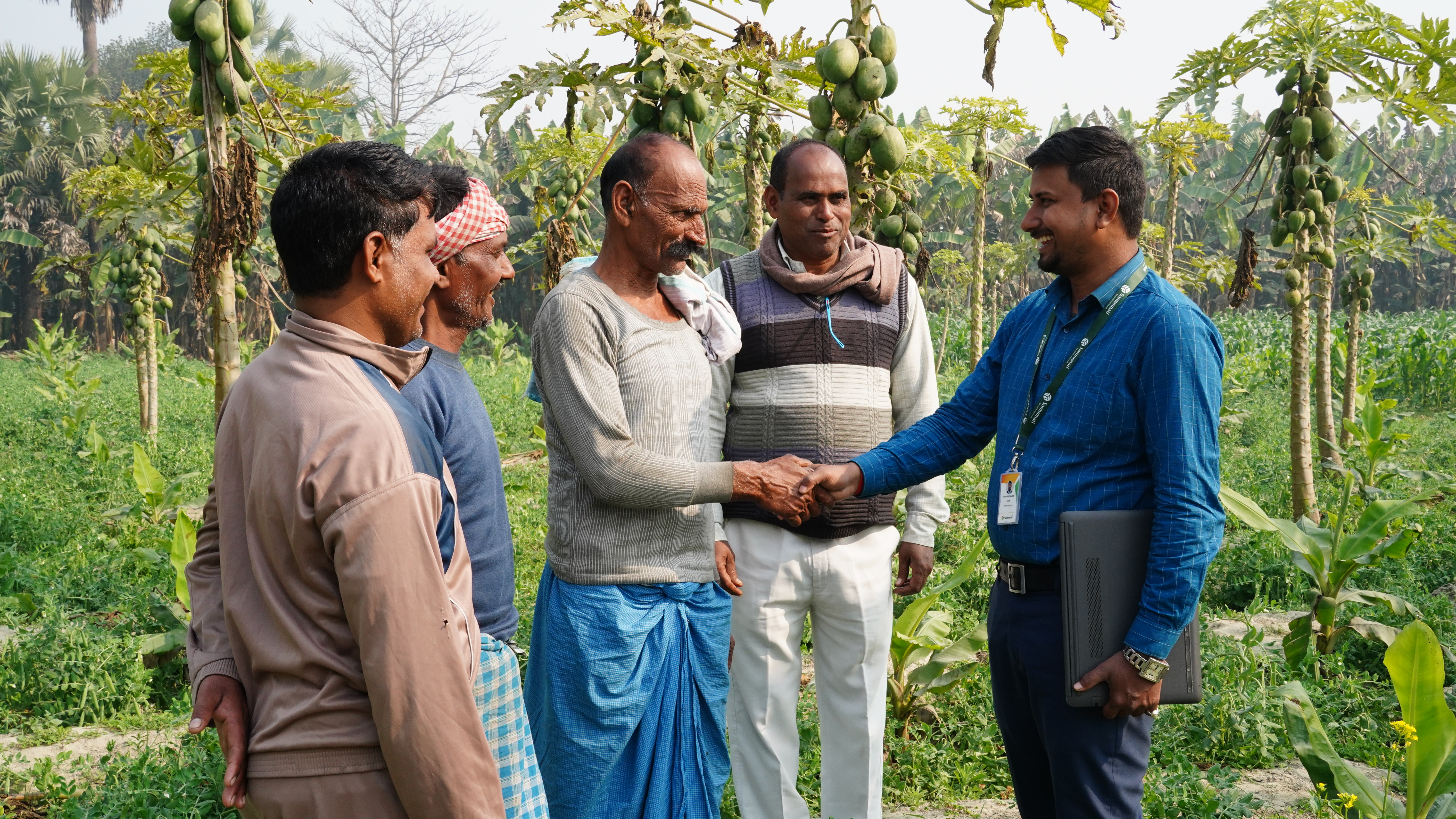
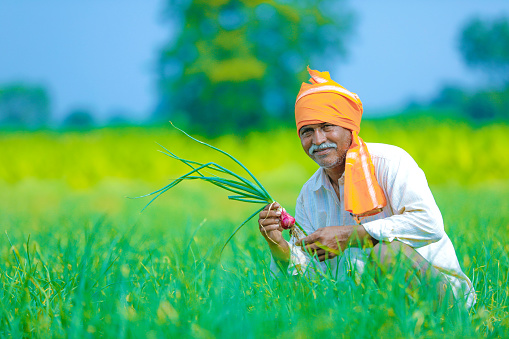
Leave A Comment